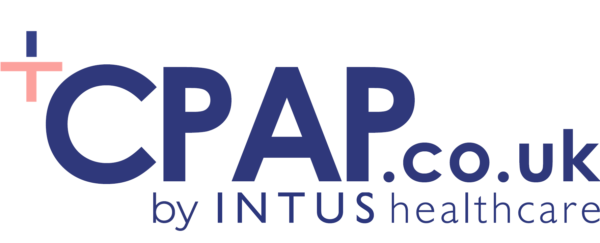Last updated on April 28th, 2023 at 04:28 pm
CPAP therapy can take some getting used to — and requires lifestyle changes to help it succeed. Let’s examine the steps you can take to adapt successfully.

Comfortable Mask
Wearing a mask which fits and is comfortable is one of the key elements of CPAP therapy. Masks can cover the nose or be a full-face mask, but whichever mask you choose, it should fit snugly. A mask which is too loose will leak air which can blow up in to the eyes, disrupting sleep and lessening the effectiveness of the treatment. Masks which are too tight can rub the skin and cause pressure sores.
It is important to work with your sleep doctor to find the right mask for you and to help adjust the mask straps to maximise comfort levels. Soft straps are also available if required. Most modern CPAP devices also come with a humidifier which helps prevent your airways from becoming dry and prevents irritation which can put people off from persisting with CPAP therapy every night.
Getting Used to the Equipment
When you receive your CPAP equipment, switch it on right away to ensure it is working and to get used to the sound of the device.
The mask can feel claustrophobic at first, so try wearing it for brief periods during the day, such as while watching the television or reading, in order to get used to it before going to bed. Try holding the mask away from the face to familiarise yourself with the air pressure– then gently lower the mask over your nose and mouth.
Include your partner in this orientation, so they can get accustomed to the therapy as well.
Keep Your Equipment Clean
CPAP therapy needs to be used every night to improve the symptoms of sleep apnoea, but its effectiveness can be diluted by dirty equipment. Bacteria can begin to build if the equipment is not regularly cleaned, so create time in your routine for this.
Simply rinsing with water and leaving to fully dry will might be sufficient, but consult the instruction manuals for advice on cleaning the specific equipment you are using. In recent years machines have become available which can clean CPAP equipment using activated oxygen or ultra-violet light.
Lifestyle Changes
Following a diagnosis of sleep apnoea, your doctor may recommend lifestyle changes to help reduce the symptoms. For someone with mild to moderate sleep apnoea, these lifestyle changes may be enough so you won’t require CPAP therapy.
Being overweight is one a condition linked to sleep apnoea and therefore your doctor may recommend losing weight. Your doctor will advise a more nutritional, balanced diet and more exercise, both of which can lead to better quality sleep. You should also examine your sleep environment to ensure it’s sleep-optimised. This means ensuring your bedroom is dark with minimal light entering, not using screen devices prior to bed, and only going to bed when actually tired.
What you eat and drink before you go to bed can also disrupt your sleep. It is best to avoid eating a heavy meal at least three hours before going to bed. Also, avoid eating certain foods immediately prior to trying to sleep. These include red meats which contain plenty of fats and protein which your body will continue to work to process. Spicy foods can cause indigestion; alcohol can see you keep heading off to the bathroom throughout the night.
Raising the head of the bed may help, as the angle will reduce the throat narrowing that causes sleep apnoea symptoms. If sleeping in a raised position does not help or is not comfortable, positional therapy may be suggested. In this case, you can wear a device on your waist — or on your back — that prompts your body to sleep on your side.
Holidaying with CPAP
If you’re using CPAP therapy, this should not hinder your travel plans. You will need to take a little more time in planning your trip, but over time will be a familiar process. Modern CPAP devices are small enough to be easily portable. However, you should check with long-haul flight providers to ensure suitable power sockets for your device.
If you are heading out to camp in the great outdoors, you may be able to power your CPAP device off a battery.
Whether at home or on holiday, sleep apnoea and its treatment will require some adjustments and lifestyle changes. Yet with planning and persistence they are manageable and can become second nature. The benefits in treating your sleep apnoea symptoms — and reducing the risks of serious health conditions — should make such changes worthwhile.
Published: 6th November 2019

